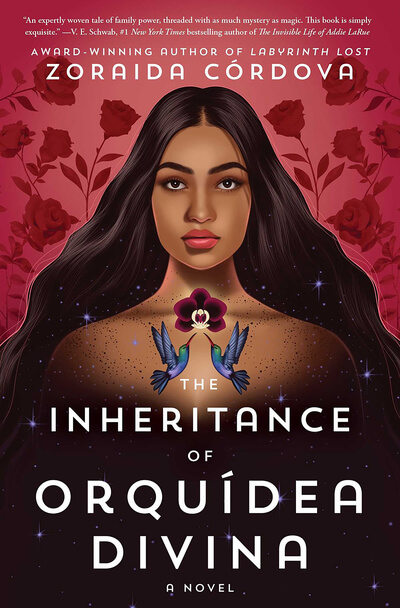What does one do when one is kidnapped by vampires with atrocious fashion sense and an unhealthy fondness for body glitter? Or when one is sent across the Pacific Ocean to confront flying soup ladles, a distressing lack of appropriate headgear and an inconveniently amorous werelioness? How on earth is one supposed to manage with neither accurate aerial charts nor adequate hellphone service? And most importantly of all: how is a writer to confront such ghastly events while also contending with questions of consent, sexuality and femininity?
Dreadful Company by Vivian Shaw and Competence by Gail Carriger are each later books in their respective series. But unlike books in other fantasy sequences such as the Kingkiller Chronicles or A Song of Ice and Fire, these books operate more like episodes in a long-running television series. There are certainly plots that began in earlier entries, and others that have yet to conclude, but each book is a well-constructed story on its own and is both violently British and Britishly violent. They share other similarities as well, especially in their rather more nuanced depiction of the supernatural than is typical. In both books, for instance, there are multiple species of vampire with distinct capabilities, weaknesses and diets, as well as a complicated set of social and ethical practices surrounding supernatural culture. And in each novel, the protagonists find themselves in the midst of a cultural crisis which is only solvable because they are confident, no-nonsense, utterly unique and extremely well-written women.
Fantasy has always been chock-full of brooding men with nominal pretensions of humble origins, wielding swords and hurling fireballs or lightning bolts at horned demons and vast, shadowy cabals of necromancers. And although vampirism has long been associated with sexuality and abuses thereof, modern vampires are often too busy sparkling or sulking about in thoroughly impractical capes or getting into intra-coven drama for the analogy to play out much. But in the world of Dreadful Company, the worst things a vampire can do to a mortal are turn one against their will or turn one too young; demons are friendly, slightly aloof folks in dapper pinstripe suits; and the undead have extremely capable doctors who obey their oaths even under duress. Shaw’s prose is quick and funny without resorting to kitsch or unironic cliché, and heroine Dr. Greta Helsing, esteemed physician to the undead, is far from an archetype of either her profession or her gender. That character complexity turns a story about daring escapes, incompetent overseers, literal femme fatales and a magical rift in reality into something of an allegory without sapping any of its entertainment value. Dreadful Company is an adventure yarn, a vampire novel and a story about a serial abuser getting what’s coming to him all in one. There is also a graveyard conversation between Oscar Wilde and Freddie Mercury.
Competence, however, is a remarkable work of character development, starting with its protagonist, Miss Primrose Tunstell, daughter of a vampire queen. Its plot, if abstracted from its setting, is deliberately bland, because that setting is what is worth experiencing. Carriger’s steampunk Victorian fantasia is instantly addicting and lushly detailed. The sheer range of characters within it is staggering, from the dyspeptic Professor Percival Tunstell and the brashly seductive Templar Rodrigo to the tassel-obsessed werecat Tasherit Sekhmet and the impudently imprudent Captain Prudence Akeldama. Hilarity abounds, entirely derived from the interactions among this beautifully drawn cast of miscreants (and a few extremely British swipes at the United States in general and California in particular). And underneath it all, Carriger discusses cultural norms surrounding transgender marriages and homosexuality, compares excessive liposuction to vampirism and analyzes the philosophical implications of not having a soul. It is a gender-bending, unexpectedly philosophical work of modern fantasy clad in a muslin blouse, chocolate duster and a matching skirt with precisely as many petticoats as necessary. Oh, and with an armored parasol and a tasselled fez.
Both books are well worth reading, relishing and then regretting that there aren’t more like them, and that there are as few heroines as well written and compelling as Greta Helsing and Prim Tunstell in contemporary fantasy.


















